Everything you can connect to an iPhone or iPad
Posted on
by
Kirk McElhearn and Joshua Long

All of Apple’s computing devices—including iPhones and iPads—now ship with USB-C ports. This makes it much easier to find compatible accessories to connect to them. From chargers to peripherals and more, you may be surprised how many different things you can connect to an Apple mobile device.
Throughout this article, we’ll explore just about everything you can connect to an iPad or iPhone.
In this article:
- Connecting USB Type A devices to an iPhone or iPad
- Power: AC and DC charging
- Storage: flash drives, external hard drives, SSDs
- Photos from an SD card
- Headphones (including 3.5mm)
- Apple Pencil
- Networking (Ethernet)
- Audio-visual adapters (HDMI, VGA)
- USB hubs (and multi-port adapters)
- Other ways to connect: MagSafe, Bluetooth, etc.
- How can I learn more?
Connecting USB Type A devices to an iPhone or iPad
Apple sells a number of USB adapters; we’ll link to Apple products, and third-party products that Apple sells, where available. Many third parties sell adapters at lower prices than Apple—but it’s best to find adapters that are MFi Certified, to ensure that they work correctly with Apple devices. While some non-certified devices will work, some may not work correctly, especially if they provide power to your iPhone or iPad.
In some cases, you may need to connect two or even three adapters together to plug certain devices into an iPhone or iPad.
Connecting USB Type A and Lightning devices to an iPhone or iPad with a USB-C port
Before we look at some USB-C accessessories you can plug into your iPhone or iPad, it’s worth noting that you can also connect USB-A devices, too; all you need for this is a USB-C to USB Adapter.

You can also connect older Lightning accessories to a newer iPhone or iPad with a USB-C port; you’ll just need a USB-C to Lightning Adapter.
Connecting USB Type A and USB-C devices to an iPhone or iPad with a Lightning port
If you have an older iPhone or iPad with a Lightning port, you can connect USB Type A accessories using Apple’s Lightning to USB 3 Camera Adapter. In spite of the name, you can also use it to connect a variety of USB accessories.
What if you want to connect USB-C accessories to an older iPad or iPhone with a Lightning port? Apple doesn’t sell a Lightning male to USB-C female adapter, so you’ll need to chain two adapters together. First, you’ll need the aforementioned Lightning to USB 3 Camera Adapter. Second, you’ll need a USB Type A male to USB-C female adapter; Apple doesn’t sell any, but you can find some at Amazon or other retailers.
Power: AC and DC charging
You can obviously connect a charging cable to your iPhone or iPad. This can be connected to a charger or to a computer. You can fast charge an iPhone if you have a charging brick with enough wattage. The charging speed will depend on the iPhone model and on the power delivered by the charger.
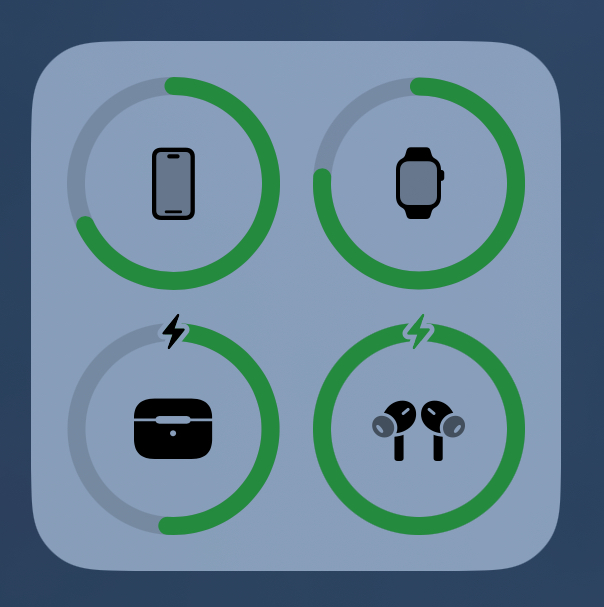 You can also connect a portable power bank to an iPhone or iPad to charge it on the go.
You can also connect a portable power bank to an iPhone or iPad to charge it on the go.
If you have an iPad or iPhone with a USB-C port, you can charge other devices using your device’s battery. For example, you can connect an Apple Watch charging disc to an iPhone or iPad to charge your watch. To charge your AirPods with your iPhone or iPad, just connect a USB-C cable to both devices. On iPhone, connected devices will charge at 4.5W, which is very slow, but it’s still a way to top up your headphones or watch in a crunch.
Storage: flash drives, external hard drives, SSDs
You can connect an external SSD, thumb drive, or even a hard drive, and access its storage, copying files to and from the device via the Files app.
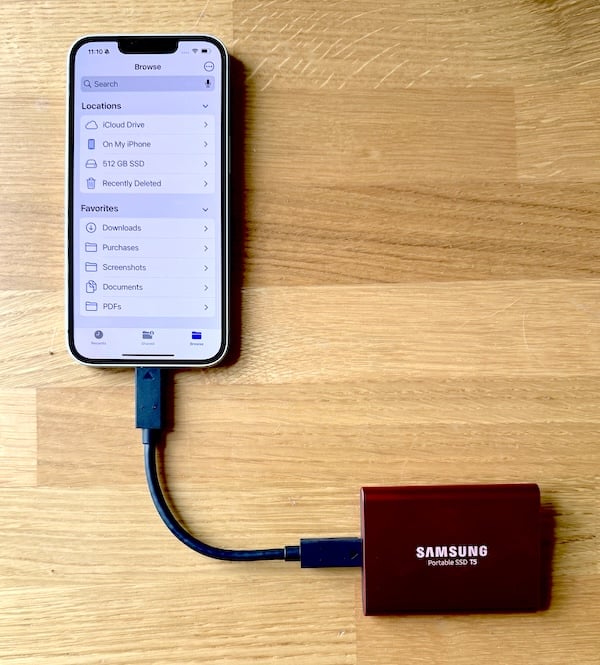
If you want to export photos from Apple’s Photos app, or files from the Files app, select them in the app, tap the Share icon, then choose Save to Files. Tap Browse and navigate to your external storage device, then tap Save.
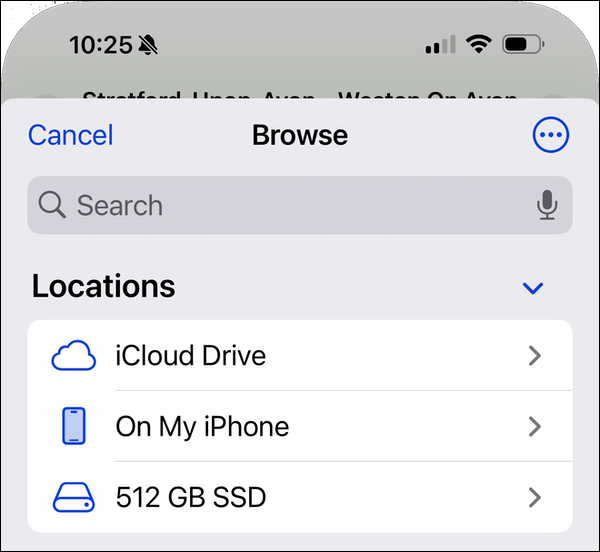
Apple points out that, “An external storage device must have only a single data partition, and it must be formatted as APFS, APFS (encrypted), macOS Extended (HFS+), exFAT (FAT64), FAT32, or FAT.” The most common Windows file system, NTFS, is notably absent from that list; however, exFAT is compatible with virtually every operating system. You can use the Files app to reformat a storage device with an iPhone or iPad.
Photos from an SD card
If you take a lot of photos with a camera other than your iPhone, you’ll have an SD card in your camera. You can import these photos to Apple’s Photos app, as well as some other photo editing apps, by connecting an SD card reader (such as Apple’s SD Card Reader) to read their files. There are many third-party USB-C SD card readers available, some of which can read multiple card types.
Headphones (including 3.5mm)
Naturally, if your device came with Apple EarPods headphones, you can use those. Apple has not included EarPods as an accessory in iPhone boxes for many years, though the company still sells them separately for $19 each (Lightning or USB-C). Of course, Apple also sells its much more popular AirPods and Beats Bluetooth headphones; see those links for our complete guides to those product lines.
But what if you want to use a pair of classic 3.5mm audio-jack headphones? When Apple removed the headphone jack from the iPhone in 2016, it frustrated those who prefer traditional wired headphones. Apple sells a USB-C to 3.5mm Headphone Jack Adapter, which happens to be the cheapest physical Apple product at $9. (The USB-C to Apple Pencil Adapter below is also $9.) If you have great wired headphones—or even if you just want to use your old 3.5mm Apple earbuds—this adapter solves the problem.
If you’re still using an iPhone or iPad with a Lightning port, Apple sells a Belkin brand Lightning-to-3.5mm audio adapter as well.
Apple Pencil
You can connect different models of Apple Pencil to various iPad models. The four Pencil models have three different connectors: Lightning, USB-C, and magnetic charging. See our article “Which Apple Pencil works with my iPad?” to determine which Apple Pencil you need.
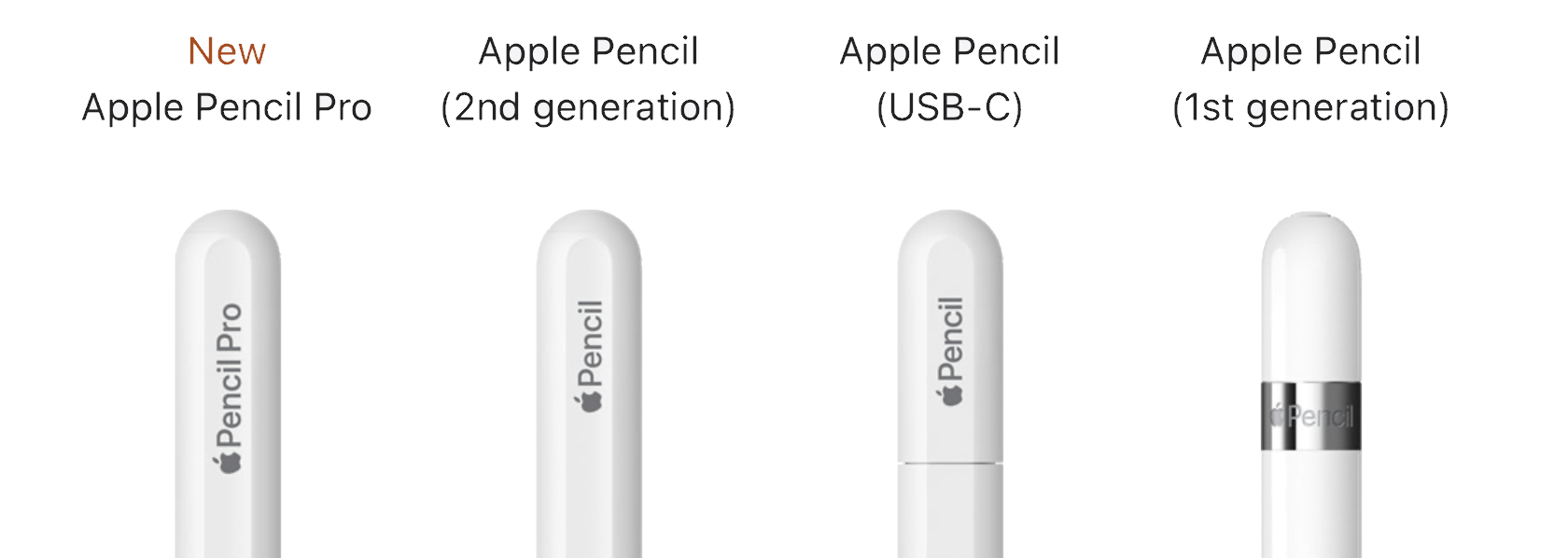
You can charge an Apple Pencil with a USB or Lightning connector from an iPhone, but you can’t use it on an iPhone.
You can charge a Lightning Apple Pencil on a USB-C device if you have a USB-C to Apple Pencil Adapter.
Networking (Ethernet)
You can use the Belkin USB-C to 2.5Gb Ethernet Adapter to connect an iPhone or iPad to an Ethernet network. This adapter supports 10/100/1000/2500Mbps Ethernet. It offers stable network access if you’re in a location where Wi-Fi isn’t available, or if you need to copy a lot of files from a network drive to an iPhone or iPad and have no other options.
Audio-visual adapters (HDMI, VGA)
If you need to give a presentation from your iPhone or iPad, you can connect it to an HDMI device, such as a display, projector, or TV, using the Digital AV Multiport Adapter. This has three ports: HDMI, USB-C to provide power to your device while connected, and USB-A to connect another USB device, if desired, such as a storage device. It’s also the only Apple adapter that lets you connect both a charger and another USB device, though you may need a USB-A to USB-C adapter for the second device.
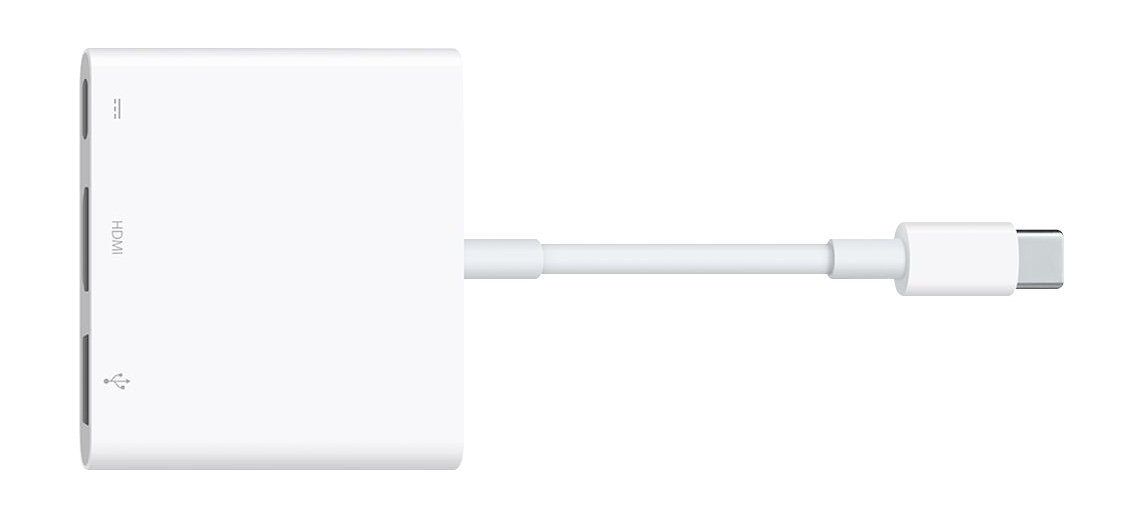
There is also a VGA Multiport Adapter, which has the same features but with a VGA port instead of HDMI.
Another alternative is the Belkin USB-C to HDMI Adapter, which is more compact; it only has one HDMI port, so you need to be sure your device is charged enough to use it.
USB hubs (and multi-port adapters)
USB hubs can be more versatile than individual adapters, and they can allow you to connect multiple devices. A plethora of manufacturers make USB-C hubs, and Apple sells the Satechi Multiport Pro Adapter V2, which has a USB-C port, a USB-A port, an HDMI port, and dual card reader slots for SD and micro SD card access. This is a good adapter to stick in your daily carry bag because of its flexibility.
Other ways to connect: MagSafe, Bluetooth, etc.
This article has primarily focused on things you can connect to the USB-C (or Lightning) port on your iPhone or iPad. But there are other ways to “connect” to your Apple mobile devices, as well.
Most iPhones include MagSafe, which gives you a secure magnetic connection to a wireless charger. But MagSafe doubles as a way to attach accessories; for example, you can get MagSafe wallets, PopSocket grips, and more. See our complete guide to MagSafe accessories, cases, and chargers.
Getting into more abstract definitions of “connect,” you can use Bluetooth and Wi-Fi technology to wirelessly connect to a variety of accessories. We’ve already given many examples of accessories in this article that can alternatively be used wirelessly; these include keyboards and headphones (via Bluetooth), and displays (via AirPlay). You can also connect to nearby Apple devices to transfer pictures, files, or contact info (via AirDrop).
Before Apple’s migration to USB-C, it was often necessary to buy Lightning-specific accessories or use adapters to connect standard USB devices. But since Apple’s move to USB-C, we now have much more flexibility in what we can connect to our devices. Whether you want power, storage, networking, or connections to audio-visual devices, you have plenty of options—from both Apple and third parties.
How can I learn more?
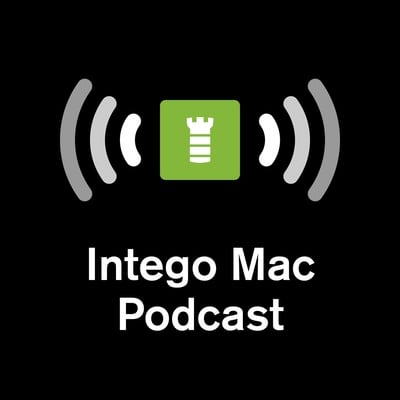 Each week on the Intego Mac Podcast, Intego’s Mac security experts discuss the latest Apple news, including security and privacy stories, and offer practical advice on getting the most out of your Apple devices. Be sure to follow the podcast to make sure you don’t miss any episodes.
Each week on the Intego Mac Podcast, Intego’s Mac security experts discuss the latest Apple news, including security and privacy stories, and offer practical advice on getting the most out of your Apple devices. Be sure to follow the podcast to make sure you don’t miss any episodes.
You can also subscribe to our e-mail newsletter and keep an eye here on The Mac Security Blog for the latest Apple security and privacy news. And don’t forget to follow Intego on your favorite social media channels: ![]()
![]()
![]()
![]()
![]()
![]()
![]()
